As the saying goes, words are the face of a person. Good handwriting is something to be proud of.
Nowadays, for students, good handwriting is not just a matter of appearance, but also a real score. In the Chinese language test paper scoring, there is a special paper score.
Therefore, it is very important to train students to write pen calligraphy well from an early age. To practice writing pen calligraphy well, you must first learn regular script.
There are two keys to writing regular script well: one is the breaks; the other is the structure. Once you master the strokes, your strokes will become more beautiful. Once you master the structure, the whole word will look better.
Taking human beings as an example, a reasonable structure is like a natural good appearance, while a perfect stroke is like exquisite makeup.
This tutorial is divided into three parts:
Part One Strokes
Part 2 Radical
Part 3 Structure
Part One Painting
horizontal
(1) Write down the main points:
One is to tilt upward to the right about 10-15 degrees. Generally speaking, when writing to the right, just lift it slightly upward.
Second, there should be two breaks before and after.
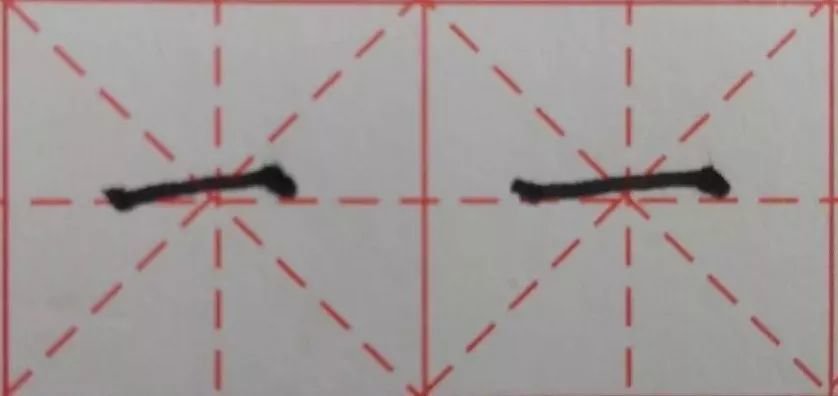
(2) Specific writing method:
①Start the pen, that is, drop the pen from the air to the right, and press hard to make an oblique point.
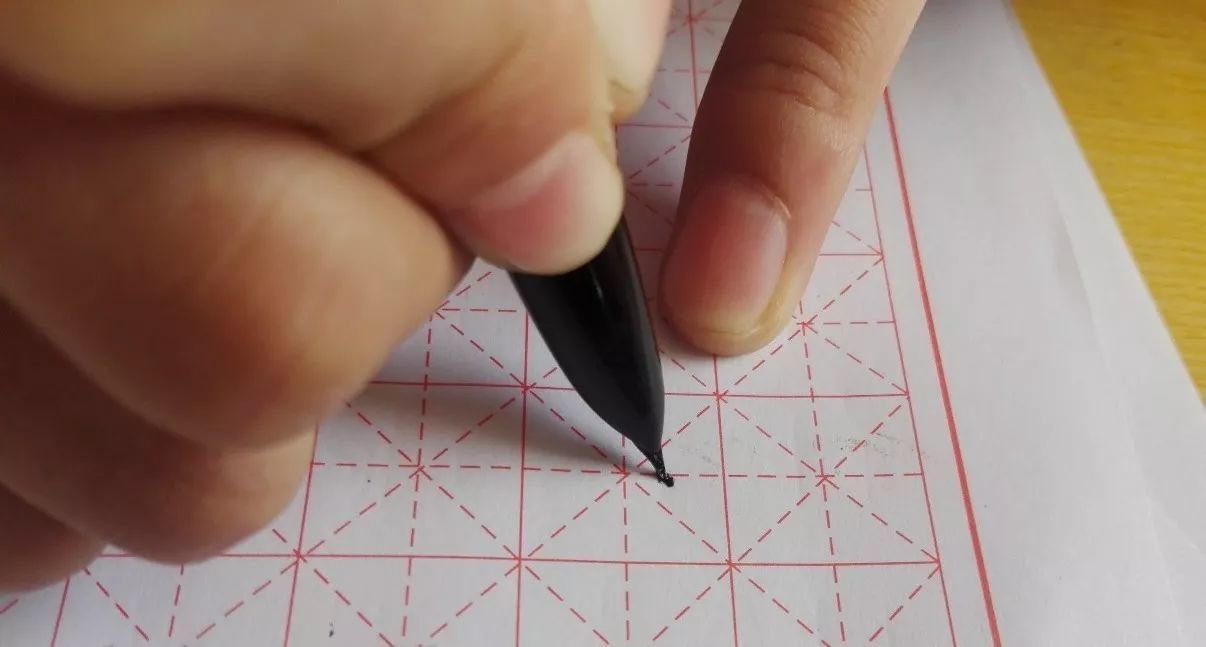
② Then tilt the main body of the horizontal writing slightly to the upper right.
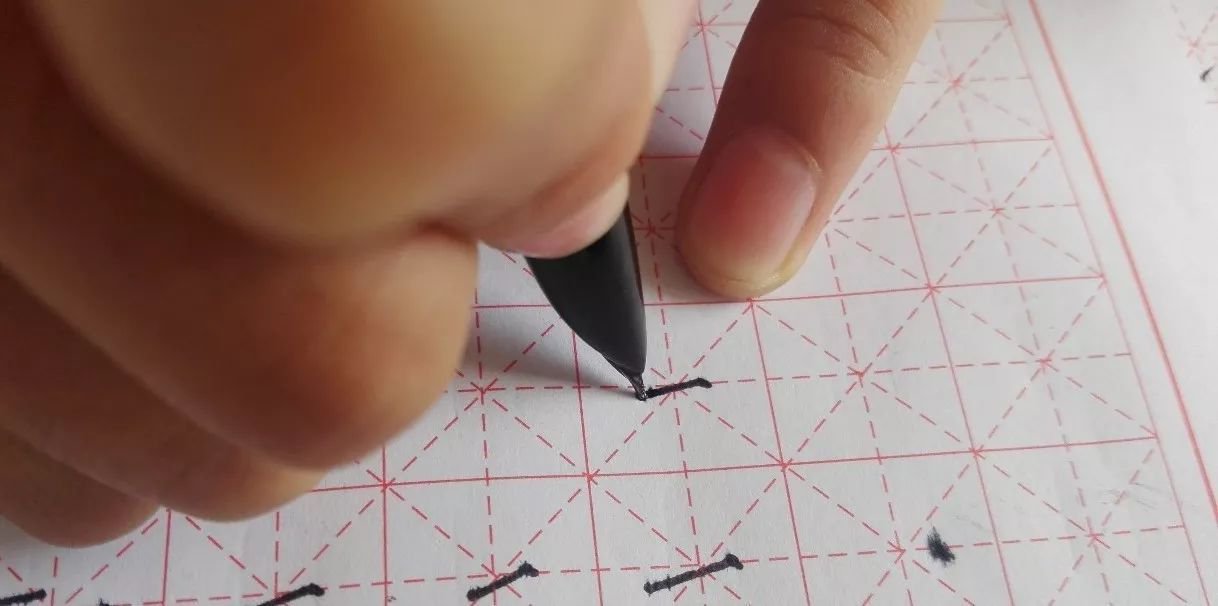
③ Stop the pen and when writing horizontally to the end, press diagonally down to the right to make a diagonal point.
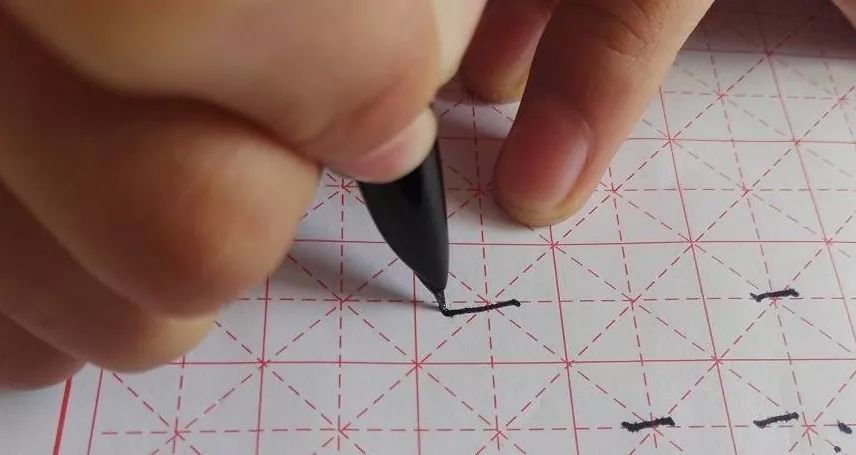
④Pay attention to the rhythm. "Dun" means "stop". There is a very short pause at the stroke, and the horizontal speed in the middle is slightly faster, so the whole stroke is written with a sense of rhythm.
(3) Relevant changes:
①In long horizontal lines, the strokes should be slightly larger and more obvious.
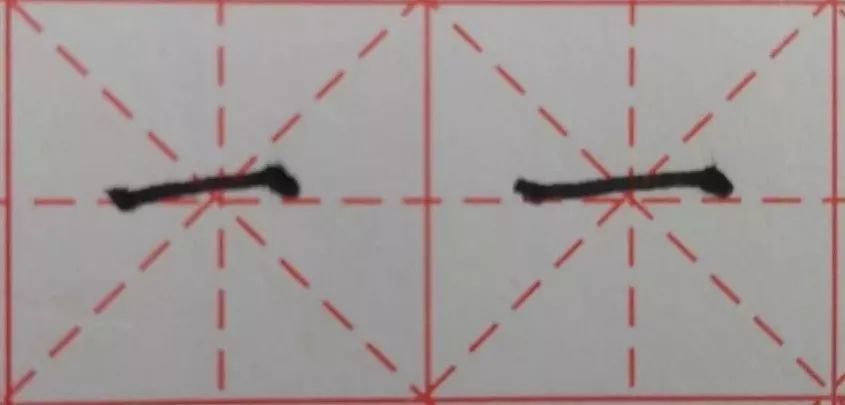
②In short horizontal lines, the strokes should be small and hidden.
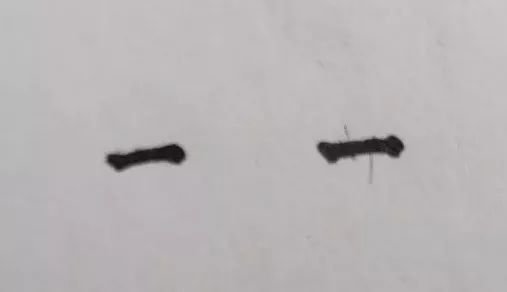
③Short horizontal strokes are sometimes written quickly, and the first stroke can be saved to form a left pointed horizontal stroke.
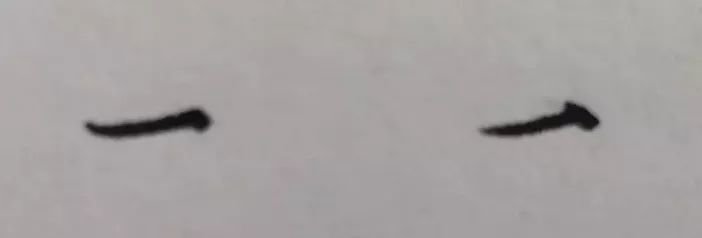
④When writing, the front part should be paused clearly, and then quickly diagonally raised to the right into a sharp shape, and the back part should not be paused again.
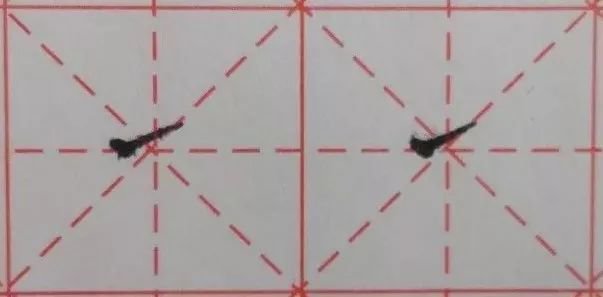
(4) Practical training:

2. vertical
(1) Write the main points:
One is to be upright and not crooked;
Second, when you start writing, you must pause and press downward to the end.
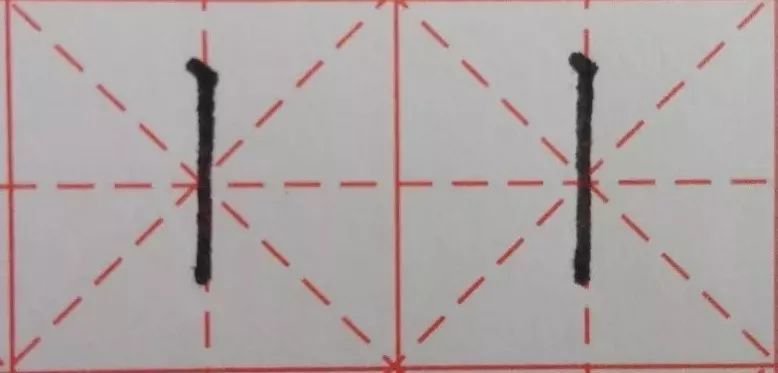
(2) Writing guidance:
①The method of pen stroke is the same as that of horizontal stroke. Place the pen down diagonally from the air to the right, and press hard to make an oblique point.
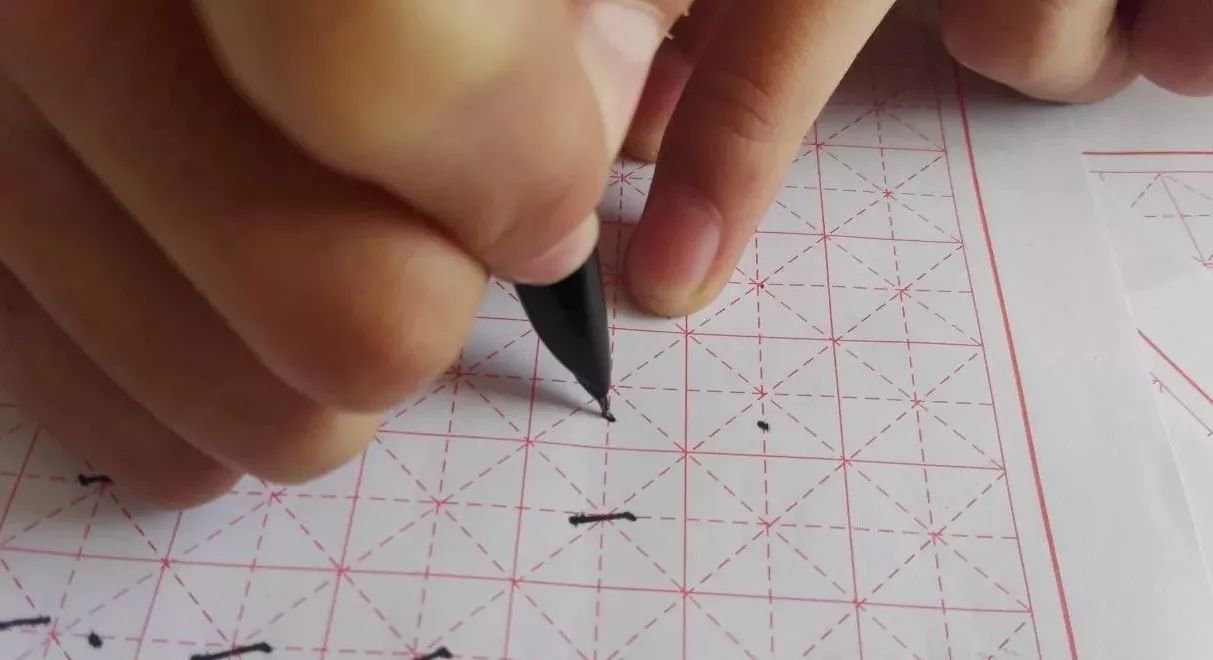
② Use downward force to write vertically, and lift the pen directly after reaching the end of the force.
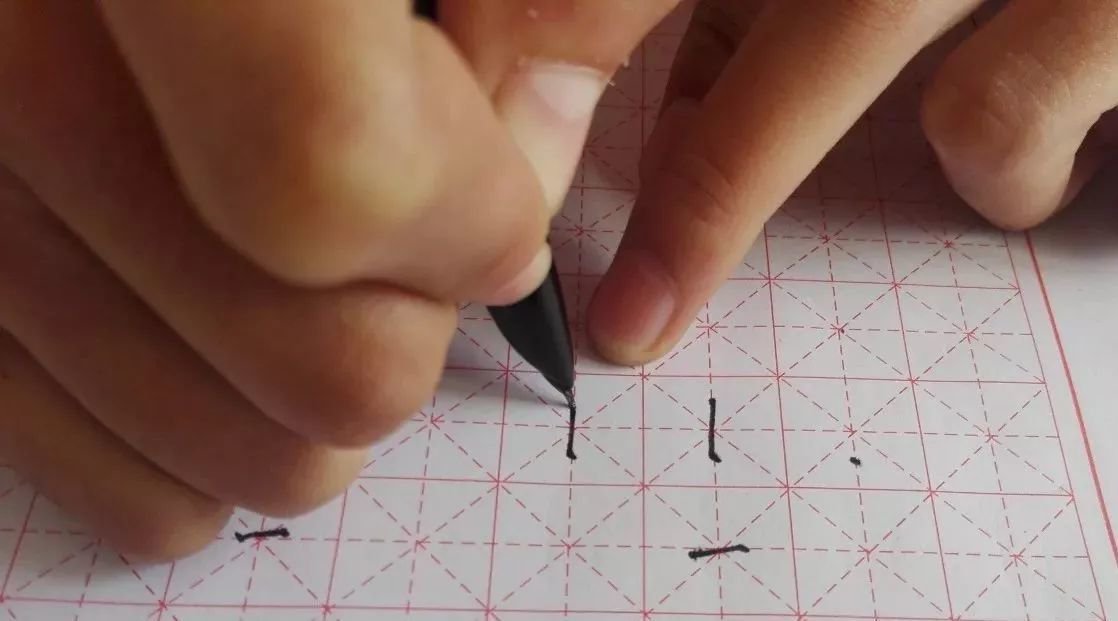
③Compared with writing horizontally, writing vertically is slightly slower but requires greater intensity.
(3) Relevant changes:
①The long vertical pen must be obvious.
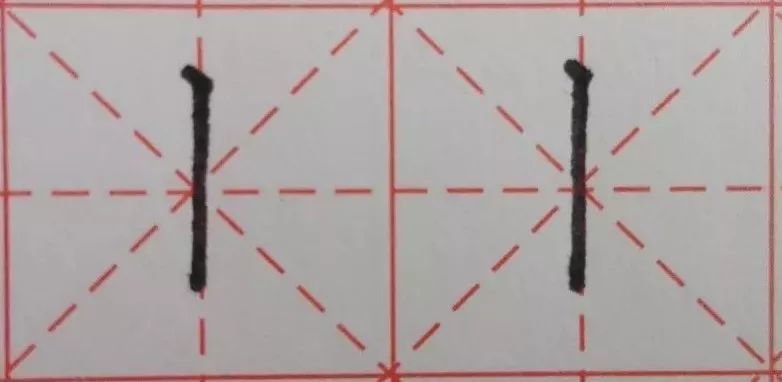
②The short vertical pen should be small and hidden.
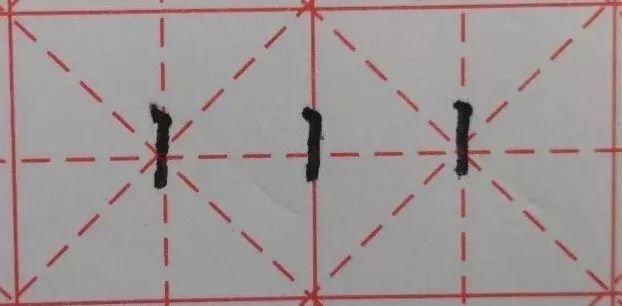
③When there are horizontal or horizontal strokes on the vertical painting, there should also be a pause.
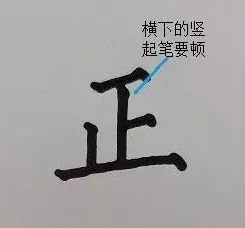
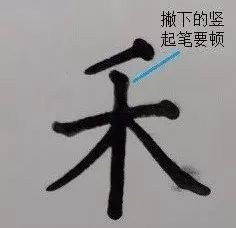
(4) Practical training:

3 fold
(1) Key points for writing a good fold:
One is to take advantage of every setback;
Second, the pause must be obvious.
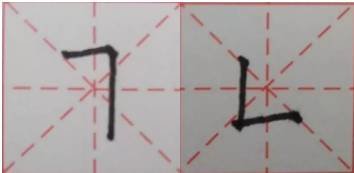
(2) Writing guidance:
①Horizontal fold: When you reach the end of writing horizontally, move the pen tip upward a little (without leaving the paper), then pause the pen to raise your shoulders, and then write downward and vertically, pushing through to the end.
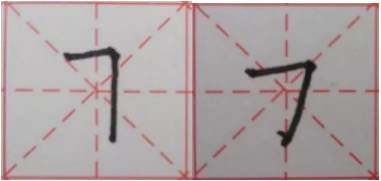
②Vertical fold: When writing vertically to the end, move the pen tip forward a little, then pause the pen to extend forward, and then write horizontally to the right.
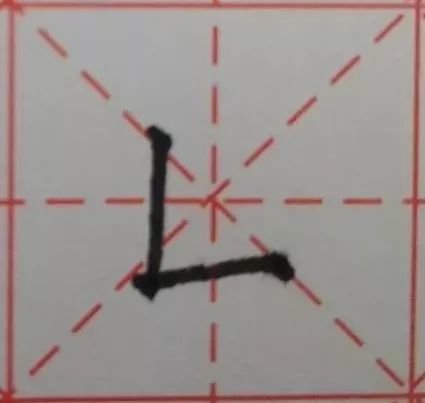
③The writing method of folding is the same as vertical folding.
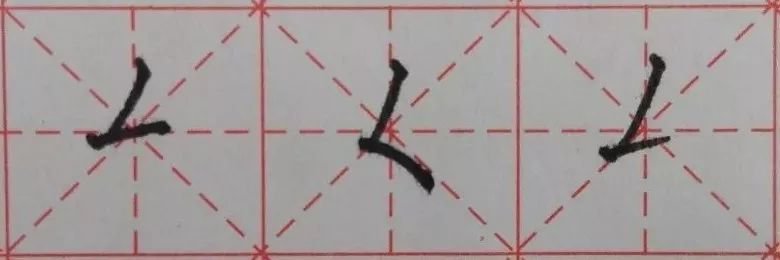
(3) Relevant changes:
①The vertical part in the horizontal fold can be either upright or oblique, which varies depending on the character.
Positive example:
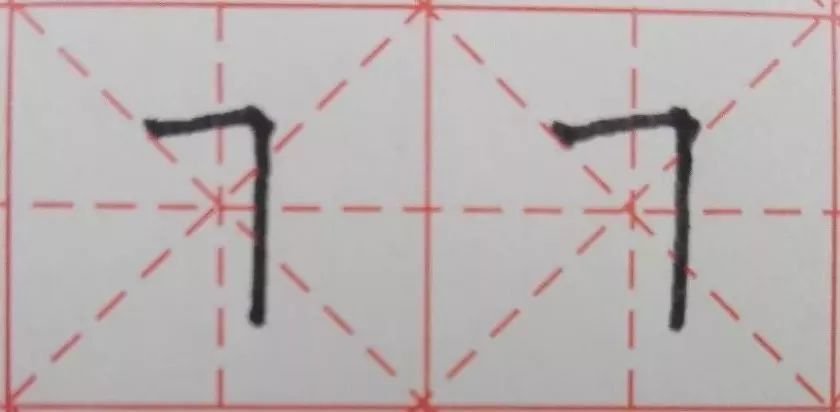
Oblique example:
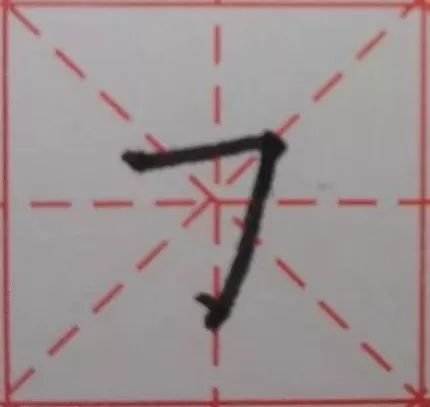
② Connecting horizontal and vertical folds means connecting horizontal folds and vertical folds, and the method of pen strokes is the same.
Horizontal fold:
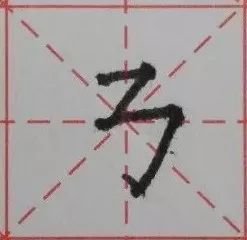
Vertical fold:
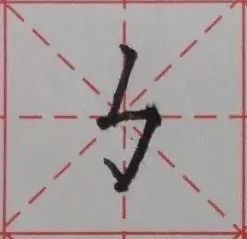
③ Vertical lift is a change of vertical fold. The method of pen stroke is the same as vertical fold, but the horizontal stroke is written as lift.
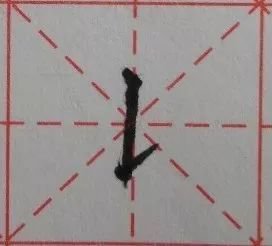
The same goes for mentioning:
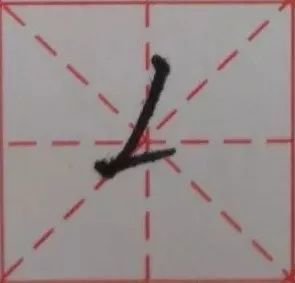
(4) Practical training:


4. Skip
(1) Key points for writing well:
First, the beginning of writing must be clear, and it must be obvious;
Second, the pen is as sharp as a sharp knife.
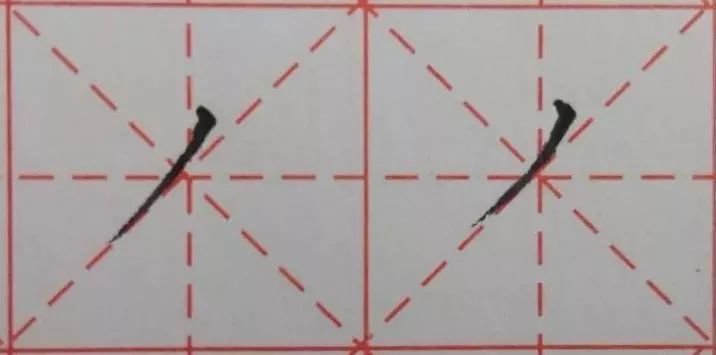
(2) Writing guidance:
①The method of pen stroke is the same as horizontal and vertical strokes. Put the pen down from the air and press down to the right to make an oblique dot.
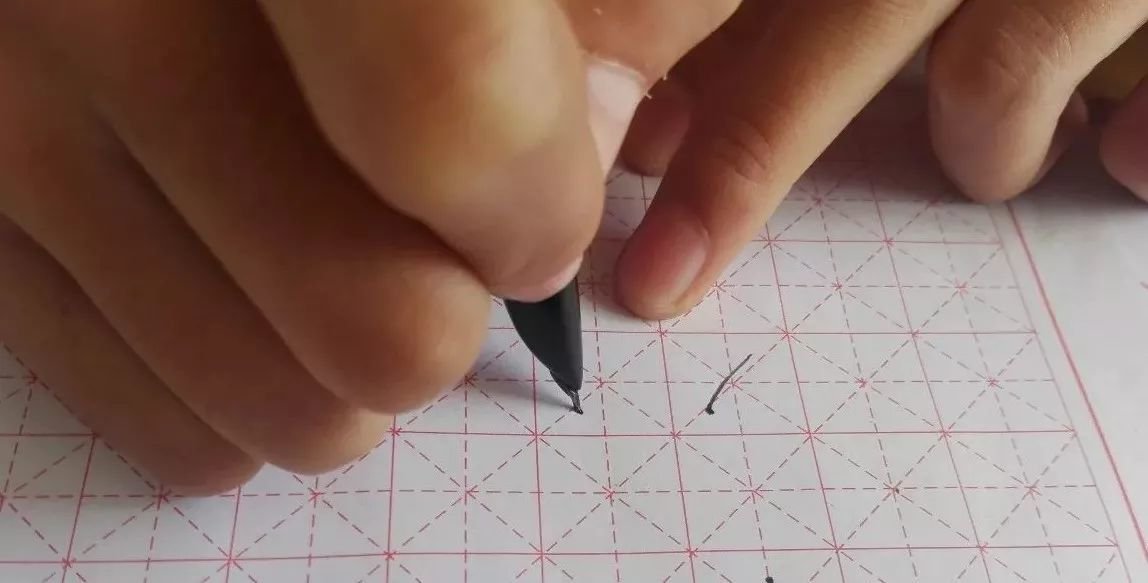
② Then lift the pen diagonally to the right to strike. Except for the vertical strokes, you should stop writing and then lift the pen immediately. Do not hold down the pen until the end.
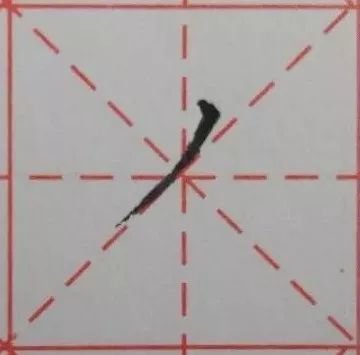
③After pausing the pen to write vertically, you should first write a vertical paragraph downwards, then turn left and lift the pen to write a vertical stroke.
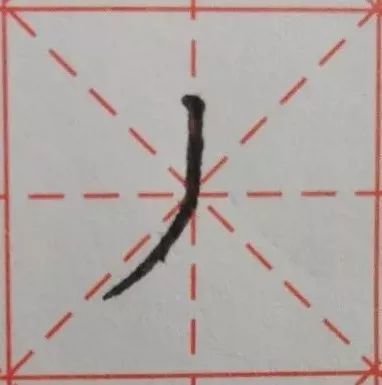
(3) Relevant changes:
①The length, angle and radian of the apostrophe vary from character to character.
Long arc:

Long straight:
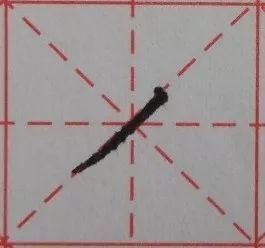
Short flat:
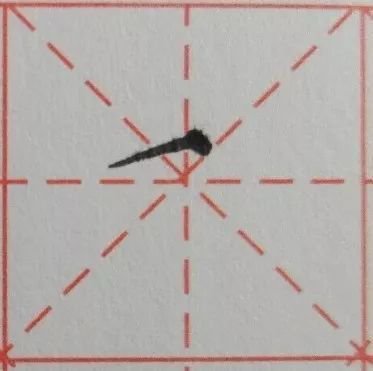
Vertical:
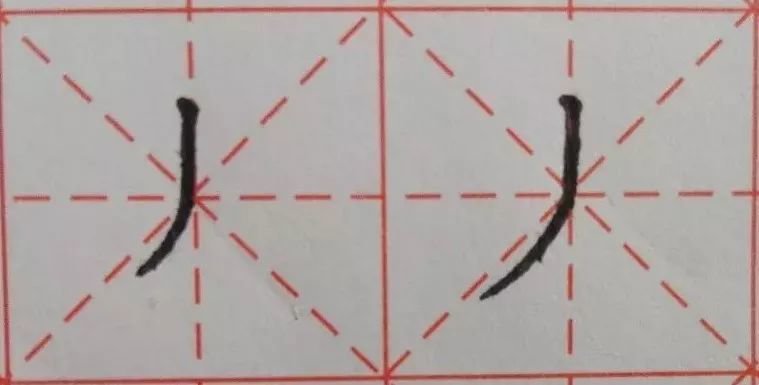
②When the upper part of the stroke is connected to the horizontal stroke, you need to pause, and start the pen below the horizontal stroke.
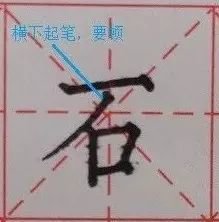
③ When the right side of the drawing is connected to the vertical line, do not pause and start the pen within the vertical line.
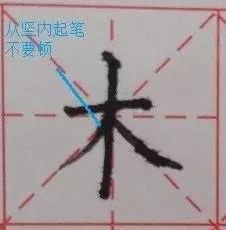
(4) Practical training:

5. suppress
(1) The key points of writing a good letter:
The first is to hold the pen flat and write "Nutou".
The second is to increase the intensity from light to heavy, reaching the heaviest before closing the pen.
Third, the front body is basically straight, and when it reaches the tail, it becomes flat and shows a slight bend.
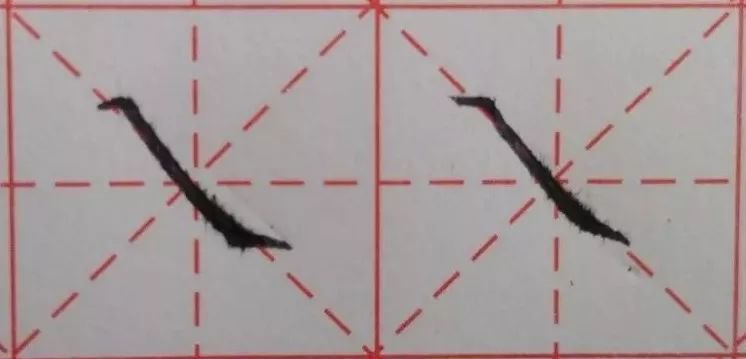
(2) Writing guidance:
① From the air, write Natou flatly from left to right, and then write Natou downwards to the right. The intensity increases from light to heavy, reaching the heaviest at Natou, showing the effect of being thin at the front and thick at the end.
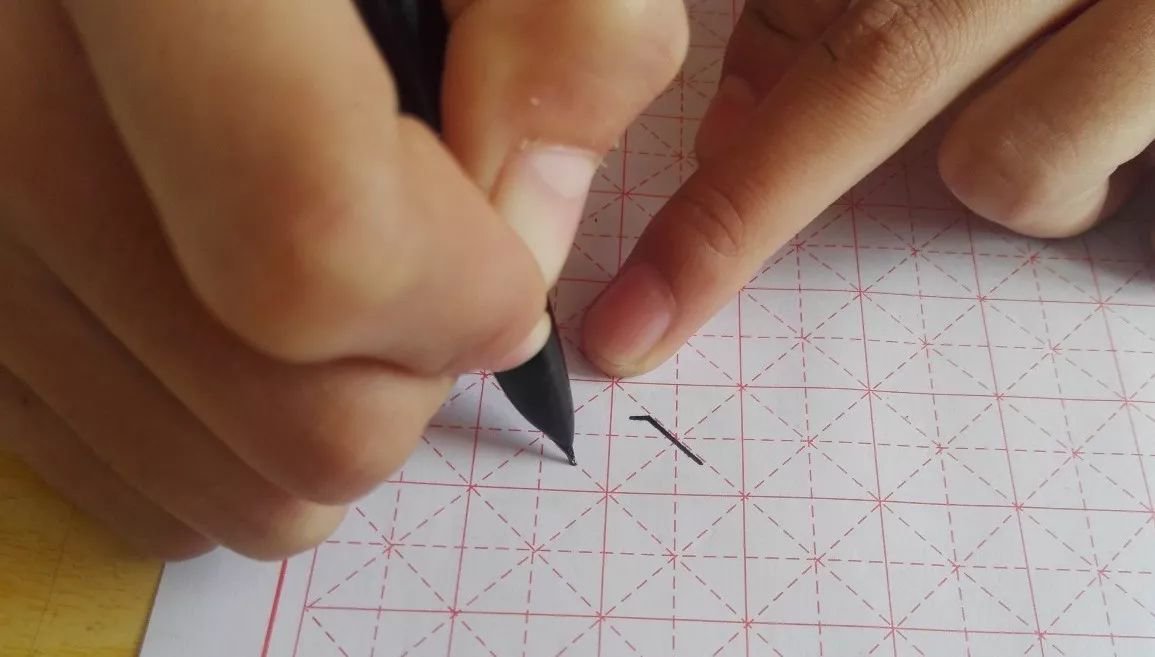
② Lift the pen to the end of the tip and draw it straight out, or tilt it slightly downward to write the tip of the tip.
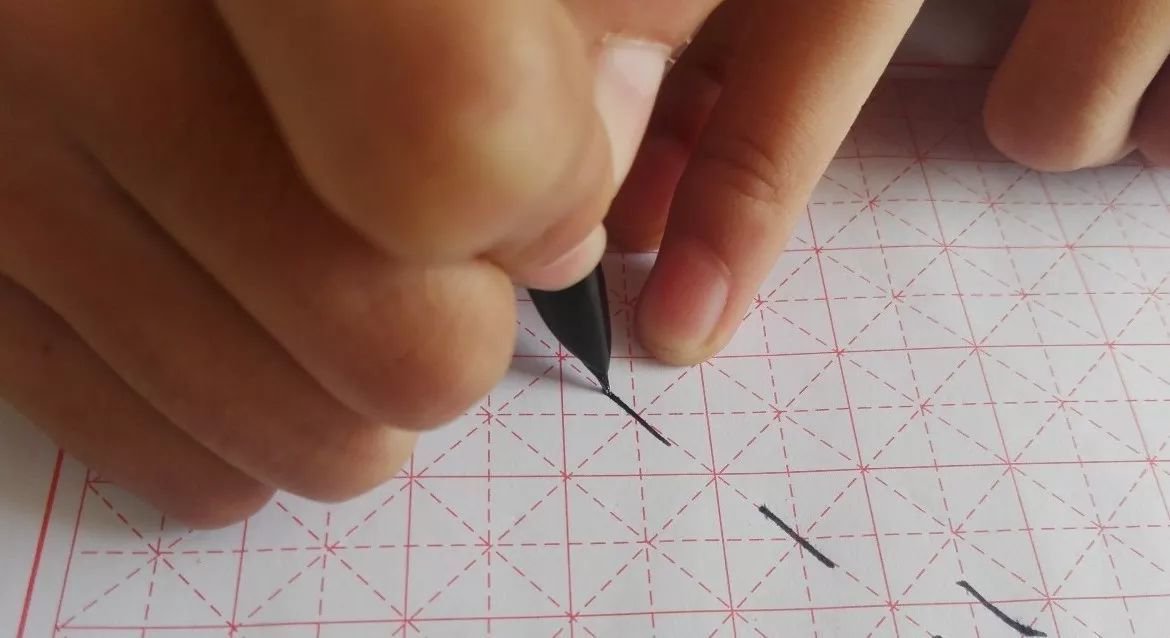
③Note that the tip of the tip must not be turned up.
(3) Relevant changes:
① When there is a sketch of the header in front, there is no need to write the header, just sketch directly from the air to the lower right.
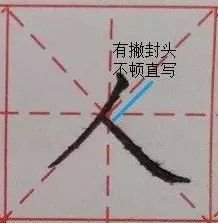
② When there is a vertical header in front, there is no need to write a header. The method is the same as above.
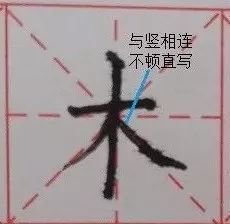
(4) Practical training:

6.Hook
(1) Key points for writing a good hook:
First, the hook cannot be long;
The second is to grasp the angle of the hook.
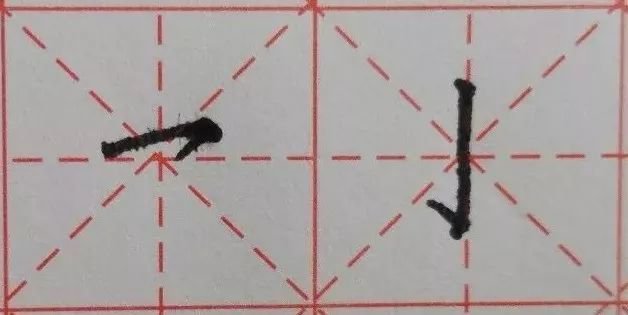
(2) Writing guidance:
①Horizontal hook: When writing horizontally to the end, you must not draw the hook directly. You must pause the pen and then lift the pen diagonally to the left about 45 degrees to form a hook.
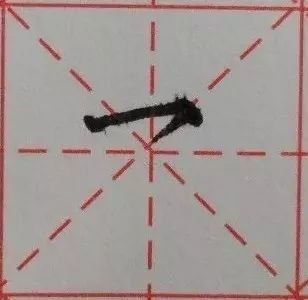
② Vertical hook: When writing vertically to the end, you must not draw the hook directly. The pen tip should be tilted a little to the left, and then tilted up to the left about 45 degrees to lift the pen to form a hook. If the pen tip is raised a little, you can write a goose-head hook.
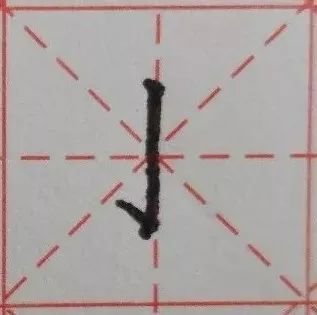
③ Lying hook: Don't pause when starting the pen, sketch from the air downwards to the right and quickly turn flat, and at the end of the stroke, draw an upward hook diagonally to the left.
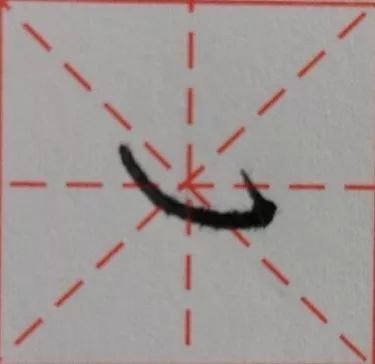
④Vertical hook: The main thing is to grasp the angle, basically hook straight up, do not hook diagonally to the left. The same goes for angled hooks.
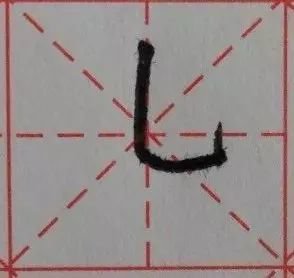
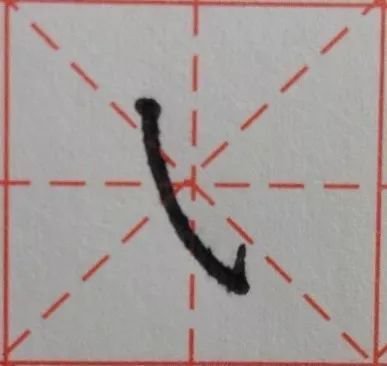
⑤Arc hook: directly release the hook.
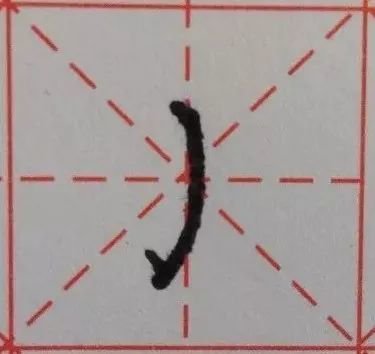
(3) Practical training:
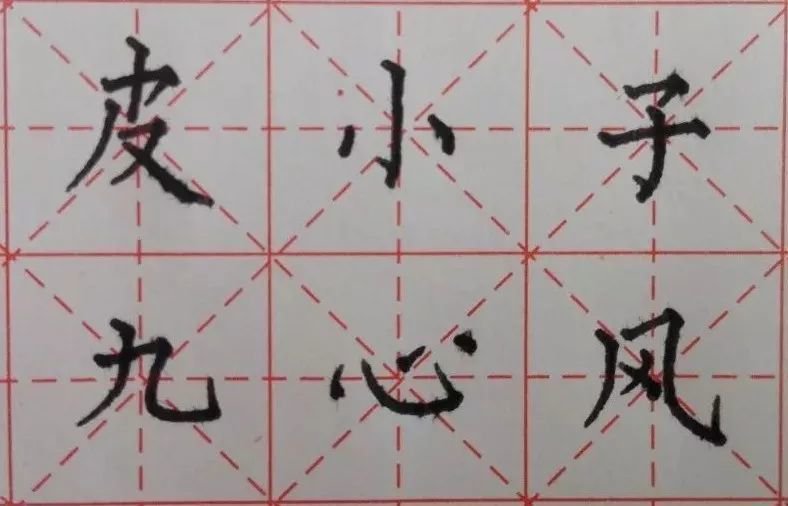
7 o'clock
(1) Write down the main points:
First, write down quickly;
The second is to tilt.

(2) Writing guidance:
① Right point: Quickly drop the pen diagonally down to the right from the air, pause, and then write a little bit downward. The "point" in front of the right point can be longer or shorter as needed. The longer one is written as a longer point.
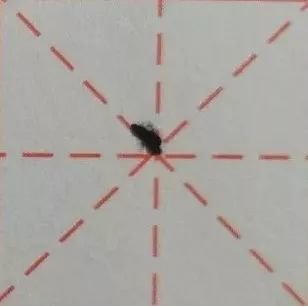
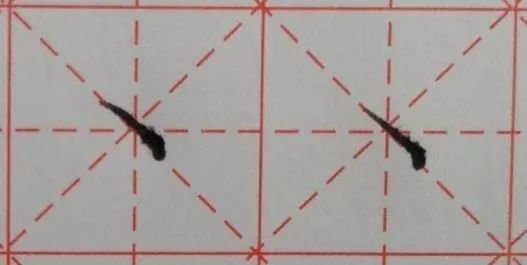
②Left point: The writing method is the same as the right point. After a pause, write a little bit diagonally to the left.

③ Sketch point: It is actually a small short stick. It is written in the same way as a stroke, but it is very short. After pausing, he immediately picked up his pen and struck out.
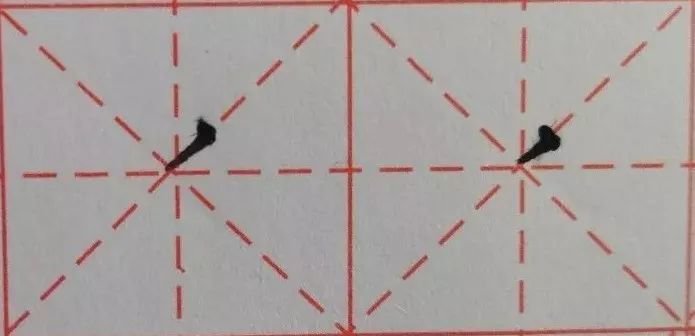
④Tips: That is the combination of right-clicking and adding points. Write a right point, and then quickly raise it diagonally to the right, controlling the length as needed.
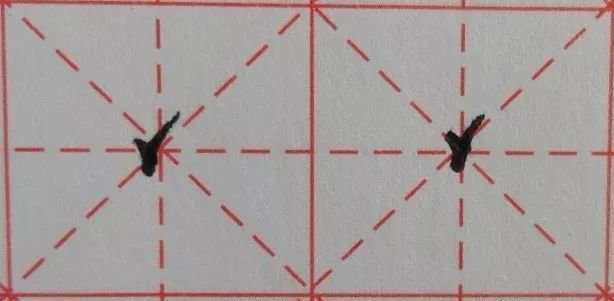
(3) Practical training:









